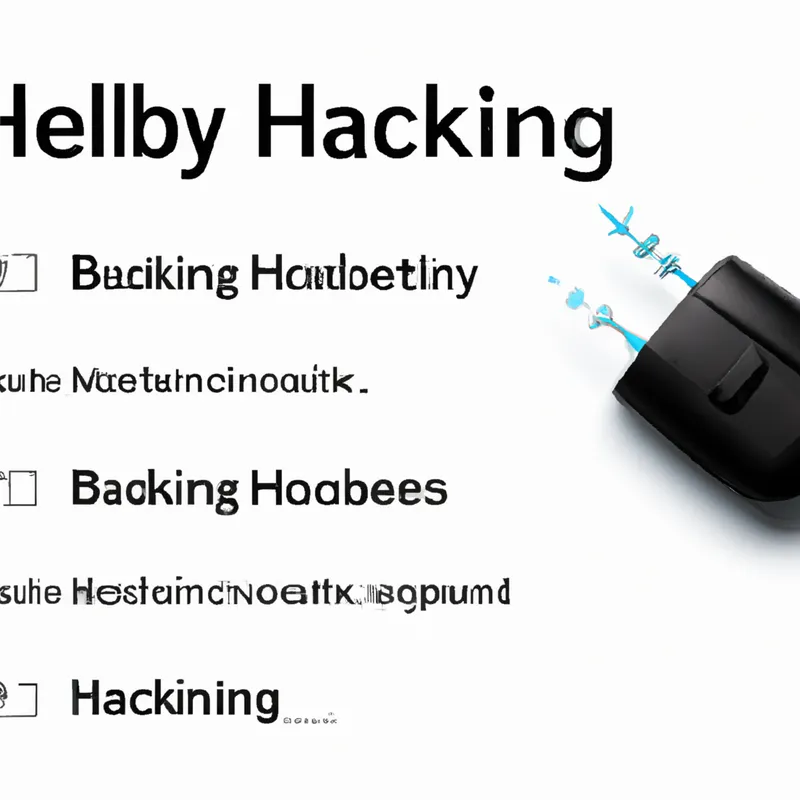Amplify Brain Power in Group Neurofeedback Sessions
The Benefits of Group Neurofeedback Sessions
Neurofeedback promotes mental wellness by teaching self-regulation through real-time brain activity displays. Group neurofeedback sessions offer unique advantages that enhance participant experiences. This post explores the benefits of group neurofeedback therapy, how these sessions work, and tips for maximizing your experience.
What is Neurofeedback?
Neurofeedback, or EEG biofeedback, measures brain activity. Sensors on the scalp allow individuals to monitor brain waves and understand brain function. A therapist provides feedback during sessions, helping participants control their brain activity. The goal is to improve focus, reduce anxiety, enhance emotional regulation, and promote overall mental well-being.
How Do Group Sessions Work?
In group neurofeedback sessions, multiple participants train simultaneously, each wearing a headset linked to the neurofeedback system. A trained therapist guides the group through exercises, providing individual and collective feedback. This communal aspect enhances motivation, fosters accountability, and creates a supportive environment.
Choosing the Right Group
When selecting a group session, consider the facilitator’s expertise. Look for someone trained in neurofeedback with group experience. Research their background and approach to ensure alignment with your needs. Check the group size; smaller groups offer more personalized attention. Ensure the session aligns with your specific goals, whether anxiety reduction, improved focus, or emotional balance.
Benefits of Group Neurofeedback Sessions
Group neurofeedback sessions offer several compelling advantages. Here are some key benefits:
1. Cost-Effective
Group sessions cost less than individual therapy. Participants share the facilitator’s time and resources, making neurofeedback accessible to more people. This affordability allows many to explore this powerful tool for mental wellness without financial strain.
2. Enhanced Motivation
Participants motivate each other in a group setting. Witnessing others’ progress inspires commitment and determination. Sharing goals and achievements fosters camaraderie, benefiting all group members. This support helps individuals stay accountable to their neurofeedback journey, increasing the likelihood of achieving personal goals.
3. Collective Learning
Group sessions promote collective learning and knowledge sharing. Participants discuss experiences, insights, and challenges, enriching the learning process. Hearing different perspectives deepens understanding and creates a comprehensive approach to neurofeedback. Participants may discover new techniques or strategies from one another, enhancing individual practices.
4. Building Community
Group neurofeedback sessions foster a sense of community. Connecting with others who share similar challenges reduces feelings of isolation.
Conclusion
Group neurofeedback sessions offer cost-effective, motivating, and community-building advantages that enhance individual mental wellness journeys.
Below are related products based on this post:
FAQ
What is the main purpose of neurofeedback?
Neurofeedback, or EEG biofeedback, aims to promote mental wellness by teaching individuals to self-regulate their brain activity. Through real-time displays of brain activity, participants can improve focus, reduce anxiety, enhance emotional regulation, and foster overall mental well-being.
How do group neurofeedback sessions differ from individual sessions?
Group neurofeedback sessions involve multiple participants training simultaneously under the guidance of a trained therapist. This format promotes motivation and accountability among participants, as they can share experiences and support each other, enhancing the overall effectiveness of the therapy compared to individual sessions.
What are some benefits of attending group neurofeedback sessions?
Group neurofeedback sessions are cost-effective, enhance motivation through shared experiences, promote collective learning, and foster a sense of community among participants. These advantages make the sessions accessible and supportive, helping individuals on their mental wellness journeys.















Post Comment